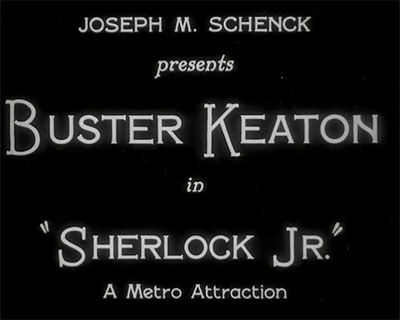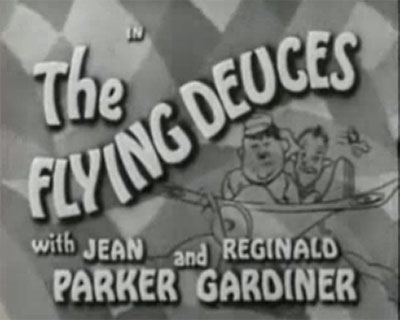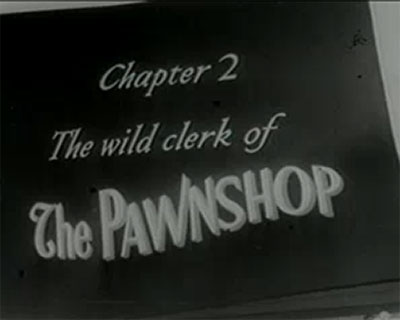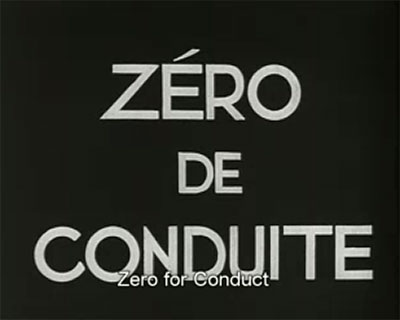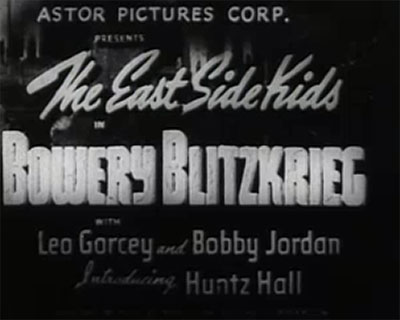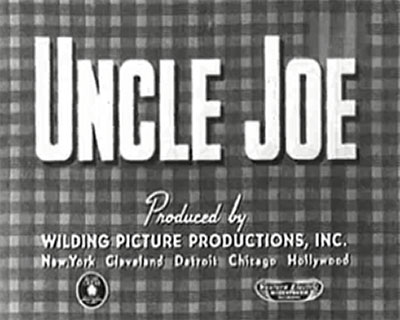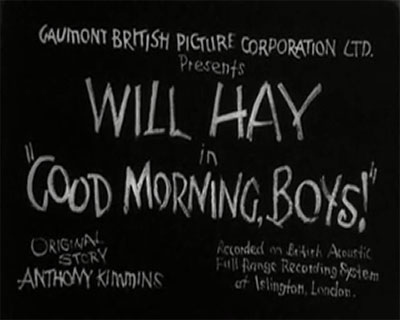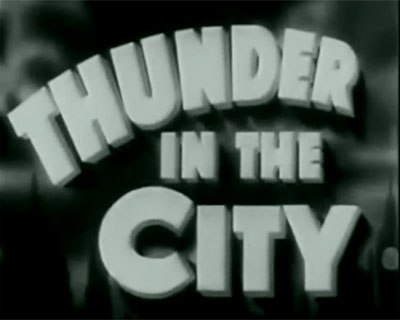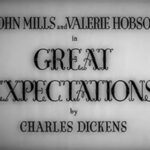“Sherlock Jr.” is a silent comedy film directed by and starring Buster Keaton in 1924. The film is about a projectionist named Buster who dreams of becoming a detective like his hero, Sherlock Holmes.
In the film, Buster is in love with a girl who works in a pharmacy, but her father disapproves of him because he is poor. To impress her and her father, Buster decides to become a detective and solve a crime involving the theft of a pocket watch.
However, while working on the case, Buster falls asleep and dreams that he is Sherlock Jr., a master detective who solves crimes with ease. The dream takes him on a wild and hilarious adventure as he tries to solve the crime and clear his name of false accusations.
The film is notable for its innovative use of special effects, particularly in a sequence where Buster enters the screen of a movie he is projecting and interacts with the characters on screen. This groundbreaking scene has since become a classic in film history.
Overall, “Sherlock Jr.” is considered one of Buster Keaton’s greatest works, showcasing his incredible talent for physical comedy and his ability to blend humor with innovation. It remains a beloved and influential film in the history of cinema.
Directors:
Buster Keaton
Writer:
Jean C. Havez, Joseph A. Mitchell, Clyde Bruckman
Stars:
Buster Keaton, Kathryn McGuire, Joe Keaton

